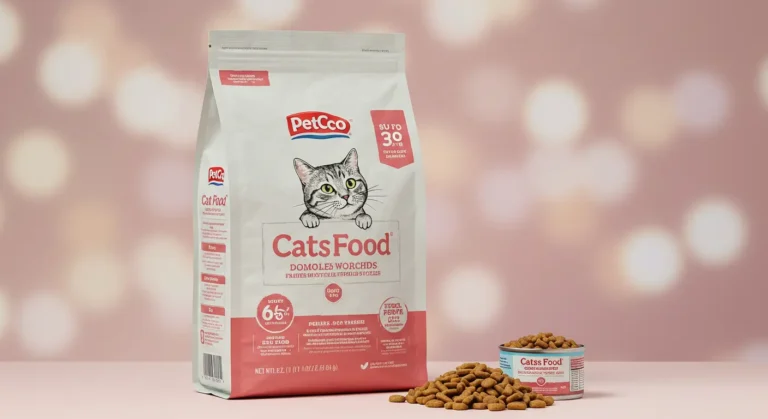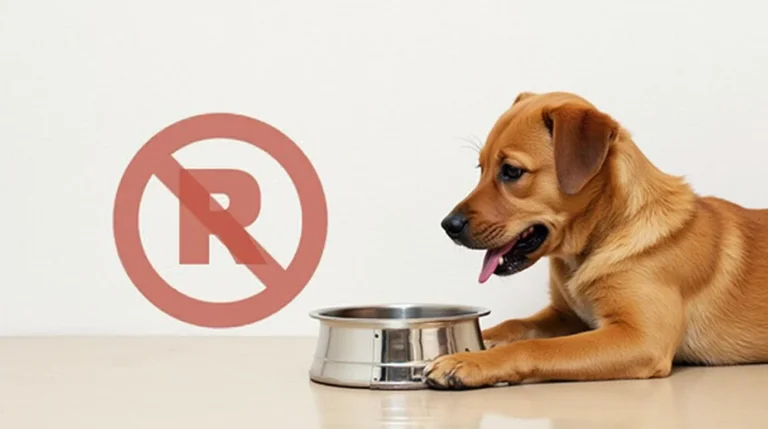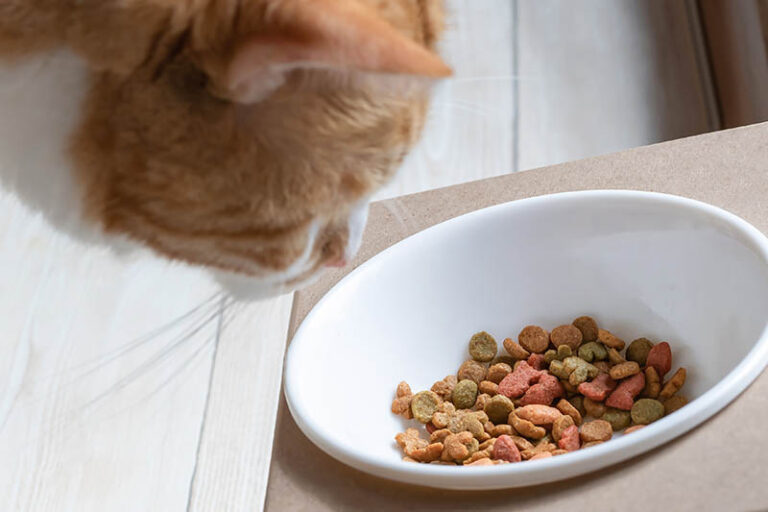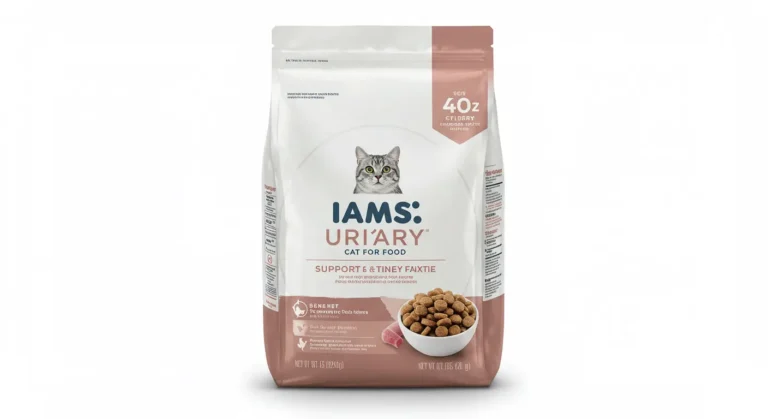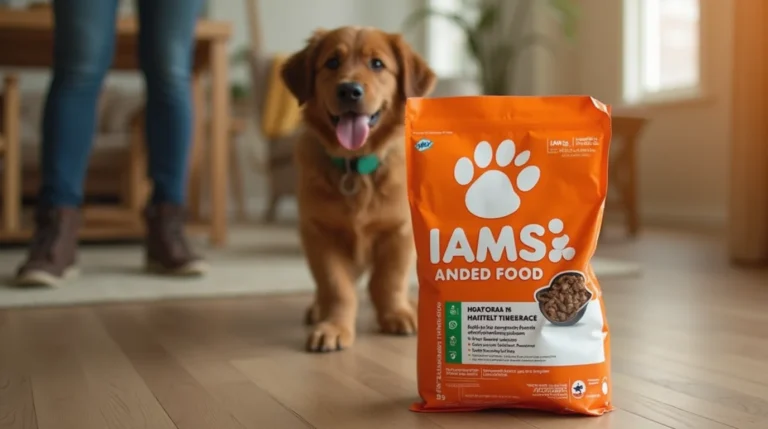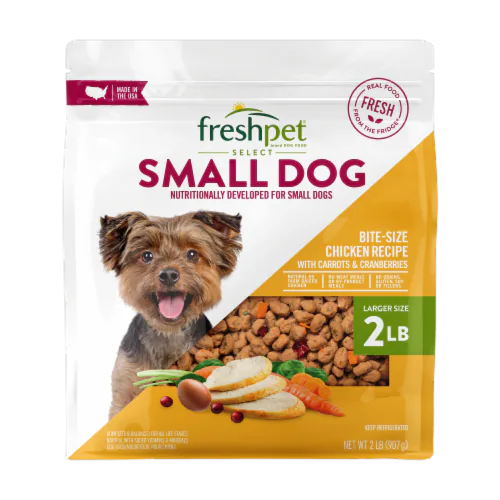Table of Contents
Dog food toppers are now popular for pet diets. They add flavor, nutrition, and make meals more appealing. Pet owners often use toppers to encourage picky eaters, improve their dog’s diet, or provide additional health benefits. However, not all toppers hold the same value, and understanding their advantages and disadvantages proves crucial.
In this article, we will look at different types of dog food toppers. We will discuss their benefits and possible drawbacks. We will also help you choose the best option for your furry friend.
What Are Dog Food Toppers?
Dog food toppers are supplements or additions mixed with regular dog food to improve taste and nutrition. They come in various forms, including wet, freeze-dried, fresh, and powdered options. Some toppers help with health issues like digestion or joint support. Others just add flavor.
Types of Dog Food Toppers
1. Wet Food Toppers
Wet toppers consist of moist, flavorful ingredients like gravy, broth, or shredded meat. They provide extra hydration and are ideal for dogs with dental issues or those who struggle to eat dry kibble.
2. Freeze-Dried Toppers
These toppers contain raw or cooked ingredients that have been freeze-dried to preserve nutrients. They often include real meat, vegetables, and vitamins, making them a convenient and healthy choice.
3. Fresh Toppers
Fresh food toppers include home-cooked meals, store-bought fresh blends, or raw ingredients. They offer high-quality nutrition but require proper storage and preparation.
4. Powdered Toppers
Powdered toppers contain ground-up ingredients such as bone meal, vitamins, probiotics, or dehydrated meat. They are easy to mix into meals and can provide targeted health benefits.
Pros and Cons of Dog Food Toppers
Pros
✅ Enhances Flavor – Great for picky eaters who refuse to eat plain kibble.
✅ Boosts Nutrition – Many toppers contain added vitamins, minerals, and protein.
✅ Supports Digestion – Some toppers include probiotics and fiber to promote gut health.
✅ Hydration Benefits – Wet toppers provide moisture, helping dogs who don’t drink enough water.
✅ Joint and Immune Support – Certain toppers include glucosamine, chondroitin, or antioxidants for overall well-being.
Cons
❌ Can Be Expensive – High-quality toppers may add to the cost of dog food.
❌ Risk of Overfeeding – Adding too much can lead to weight gain or nutritional imbalances.
❌ Allergy Concerns – Some toppers contain ingredients that may trigger allergies in sensitive dogs.
❌ Preservatives & Additives – Not all toppers are made with natural ingredients; some contain artificial additives.
❌ Storage Issues – Fresh and wet toppers require refrigeration, which may not be convenient for all pet owners.
How to Choose the Best Dog Food Toppers
1. Check the Ingredients
Look for toppers made with natural, high-quality ingredients. Avoid artificial preservatives, colors, and fillers.
2. Consider Your Dog’s Dietary Needs
If your dog has food allergies or health issues, choose toppers that align with their specific nutritional requirements.
3. Avoid Excess Calories
Ensure the topper does not significantly increase your dog’s calorie intake, leading to weight gain.
4. Opt for Trusted Brands
Choose reputable brands known for their quality and safety standards.
5. Experiment with Different Types
Not all dogs enjoy the same flavors or textures. Test different toppers to find what your dog prefers.
Conclusion
Dog food toppers can be an excellent way to enhance your pet’s meals, making them more flavorful and nutritious. However, it is important to choose high-quality options and use them in moderation to avoid potential drawbacks.
By learning about the types, benefits, and risks of dog food toppers, pet owners can make better choices. This helps improve their dog’s diet while keeping them healthy.


